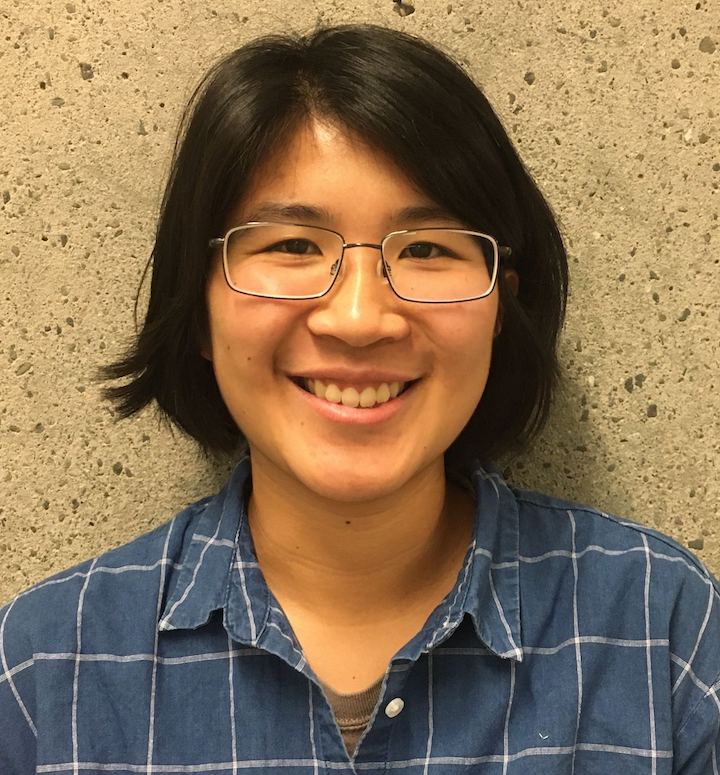
|
4 letter mollusk AT carnegiescience DOT edu*
*Insert appropriate 4 letter mollusk constructed from my first initial + last name, this is my attempt at foiling spambots.
|
About me
As of August 2023 I am a Carnegie Postdoctoral Fellow at the Carnegie Observatories in Pasadena, CA.
I earned my PhD Summer 2023 from the Department of Astronomy at UC Berkeley.
My thesis, advised by Professor Jessica Lu,
was focused on understanding the Galactic black hole population with gravitational microlensing.
I earned my bachelor's degree in math and physics (and also a
pirate's license) from MIT in 2017.
A PDF of my CV (current as of July 2023) can be found here.
Research projects and interests
An isolated mass gap black hole or neutron star detected with astrometric microlensing
By combining ground-based photometry from the OGLE and MOA microlensing surveys with archival HST
follow-up observations, we measure the lens masses of five microlensing black hole candidates.
In addition, we identify the nature of the lenses (whether brown dwarf, star, white dwarf,
neutron star, or black hole).
We then constrain the number of black holes in the Milky Way.
In particular, we find that one of the candidates (OGLE-2011-BLG-0462/MOA-2011-BLG-191)
is possibly a neutron star or mass-gap black hole; the remaining candidates are not black holes.
Finding 0 or 1 black holes in this sample is consistent with 100 million black holes in the Milky Way.
Get the published papers here: Astrophysical Journal Letter,
companion Astrophysical Journal Supplement
PopSyCLE (Population Synthesis for Compact object Lensing Events)
I was the primary developer for PopSyCLE v1.0.0, a Milky Way microlensing simulation code.
PopSyCLE can be used to simulate microlensing surveys in the Milky Way, as well as identifying
optimal strategies for selecting black hole candidates for astrometric follow up.
In particular, we present an new selection criteria to photometrically identify black hole candidates
via their small microlensing parallaxes.
Get the published paper (Astrophysical Journal) here.
The code repository for the simulation can be found on GitHub.
PopSyCLE is still being actively developed and we welcome contributions.
Black hole microlensing with the Roman Space Telescope
The Nancy Grace Roman Space Telescope
is NASA's next flagship mission, scheduled for launch around 2027.
One of Roman's mission objectives is to perform a census of cold and free-floating exoplanets
via the Galactic Bulge Time Domain Survey
with microlensing.
This survey is will also be an excellent way to detect a large sample of free-floating black holes.
However, the optimal survey design for making black hole detections likely differs from that
for making exoplanets detections.
I am interested in designing a survey that would enable the detection and characterization of both exoplanets and black holes.
In a white paper I led, we advocate to include the study of isolated black holes as part of the Galactic Bulge Time Domain Survey.
I am also interested in what Roman can do in conjunction with other observatories
(e.g. Rubin Observatory's LSST and more).
Research papers
My publication record can be found on ADS,
ORCID, or
arXiv.
A summary and full list (current as of July 2023) can be found in my CV.
Notes
Brief calculus review notes I put together for my Astro 7B discussion section.
Chain Rule
Taylor Series
Brief notes I put together for my Astro 7A students.
Angular Distance and Area
Divergence of the partition function for hydrogen
Following in the tradition of other great academic webpages, here is an outdated photo of myself.



